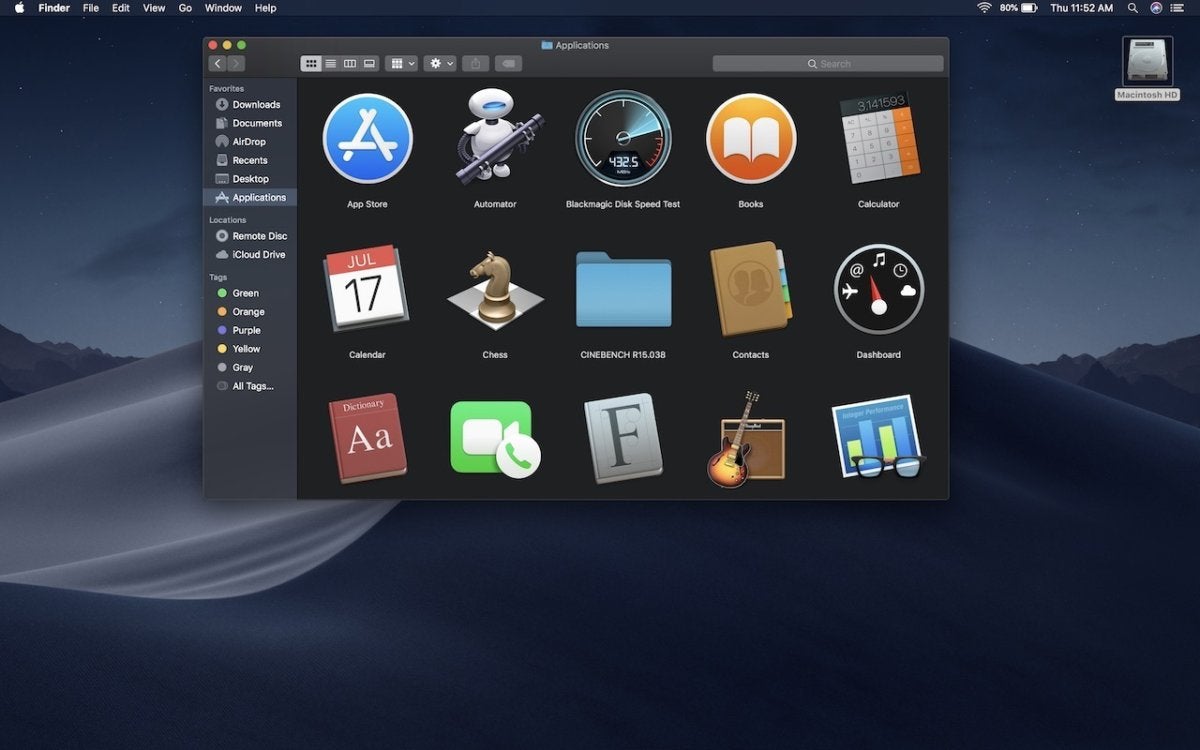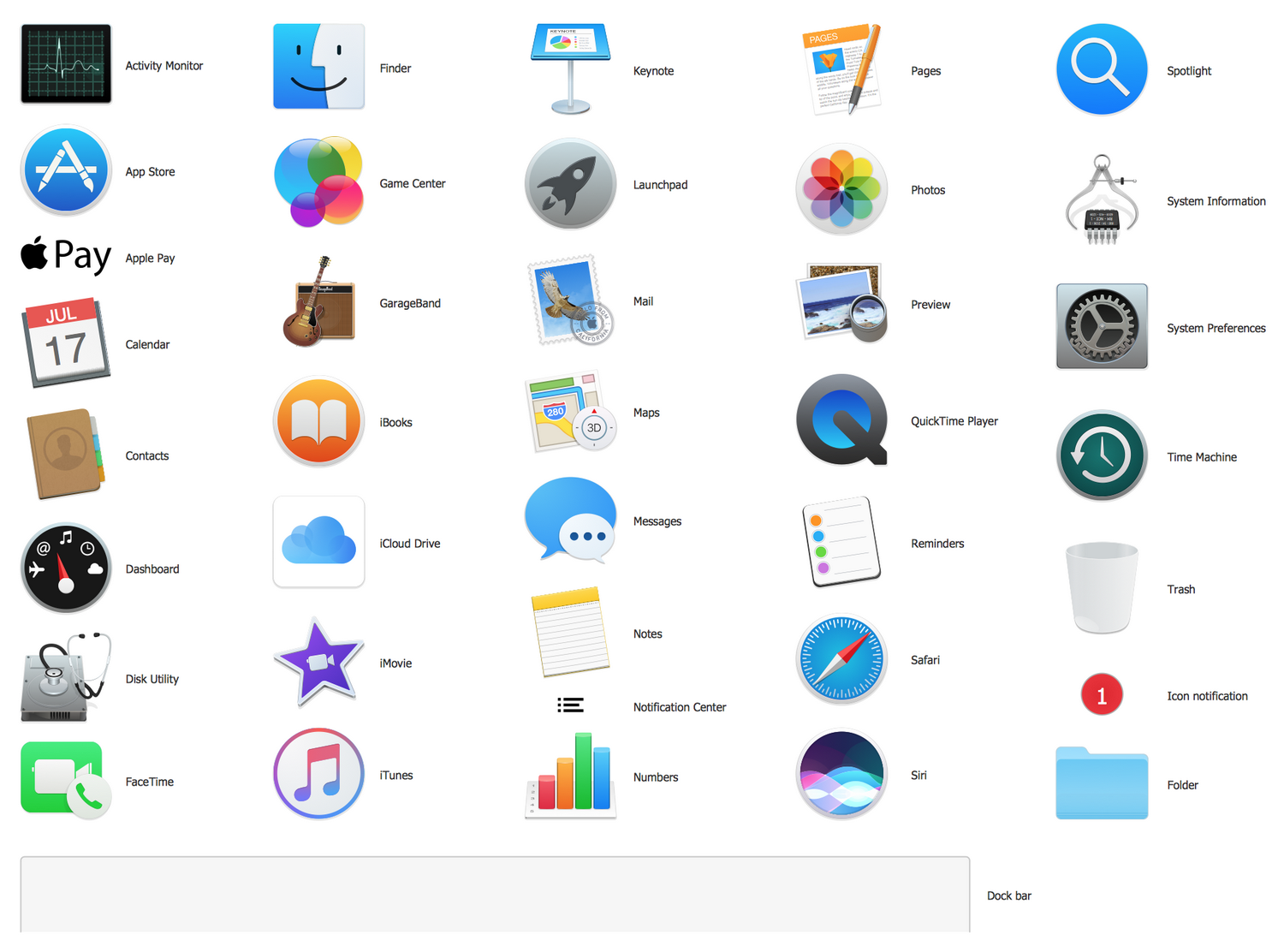
In fact, human interface designers at Apple and elsewhere have already incorporated some of the Anti-Mac features into the Macintosh desktop and applications. The Anti-Mac interface is not intended to be hostile to the Macintosh, only different.

Our purpose is not to argue that the Macintosh human interface guidelines are bad principles, but rather to explore alternative approaches to computer interfaces. We should state at the outset that we are devoted fans of the Macintosh human interface and frequent users of Macintosh computers.

These principles have not significantly changed since the introduction of the Macintosh style guides for other popular graphical interfaces, such as Motif, OPEN LOOK, and Windows, list a very similar set of principles as the basis for their interfaces. We focus on the Macintosh interface because it is a prime example of the current interface paradigm, and Apple Computer has published an explicit list of Macintosh human interface design principles. In this article, we explore the types of interfaces that could result if we violate each of the Macintosh human interface design principles. At the least, violating basic assumptions is a useful mental exercise, but a surprising number of the resulting concepts have provided useful descriptions of the real world. This has led to new concepts such as non-Euclidean geometry, positrons, antimatter, and antigravity. Physicists and mathematicians often stretch their imaginations by considering what the world would be like if some of their basic assumptions and principles were violated (for example, see ). We seem to have settled on the WIMP (windows, icons, menus, pointer) model, and there is very little real innovation in interface design anymore. (See also: my appreciation of the Macintosh on its 25th anniversary.)īy exploring alternative interfaces that transcend the principles behind conventional graphical interfaces, a human-computer interface emerges that is based on language, a richer representation of objects, expert users, and shared control.Īt recent user interface conferences, several speakers have lamented that the human interface is stuck.


Originally published as: Gentner, D., and Nielsen, J.: The Anti-Mac interface, Communications of the ACM 39, 8 (August 1996), 70–82.


 0 kommentar(er)
0 kommentar(er)
